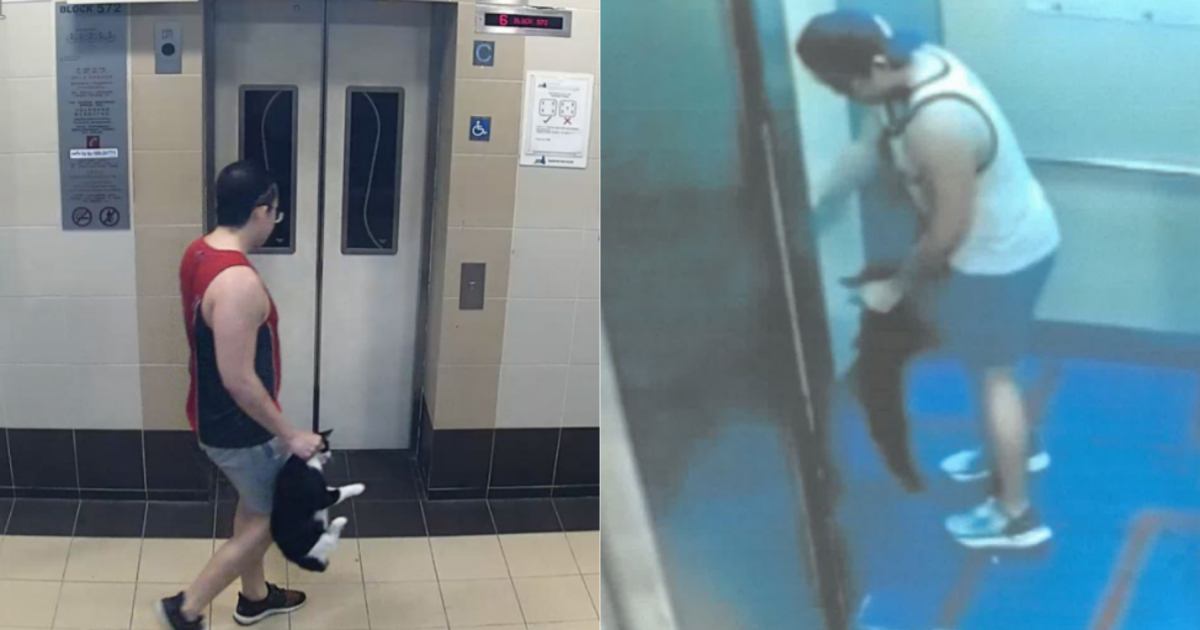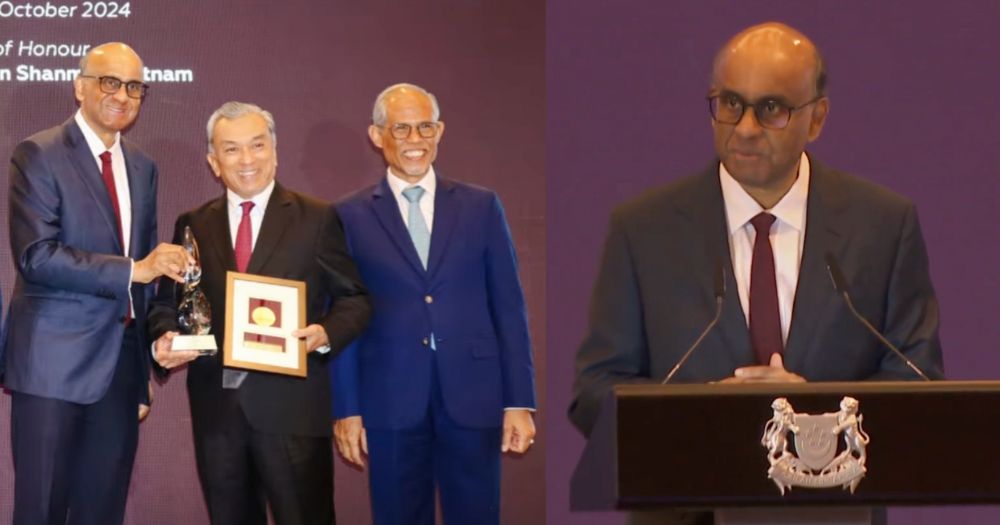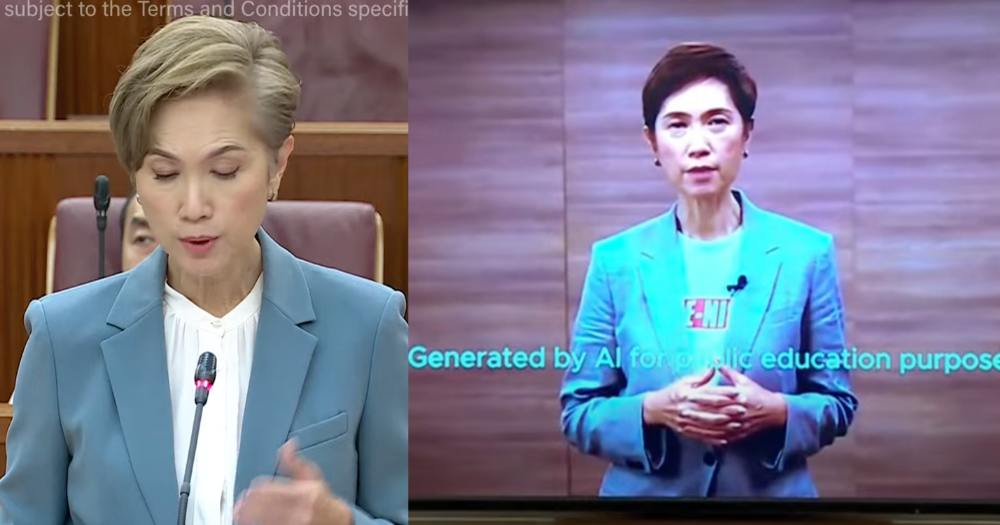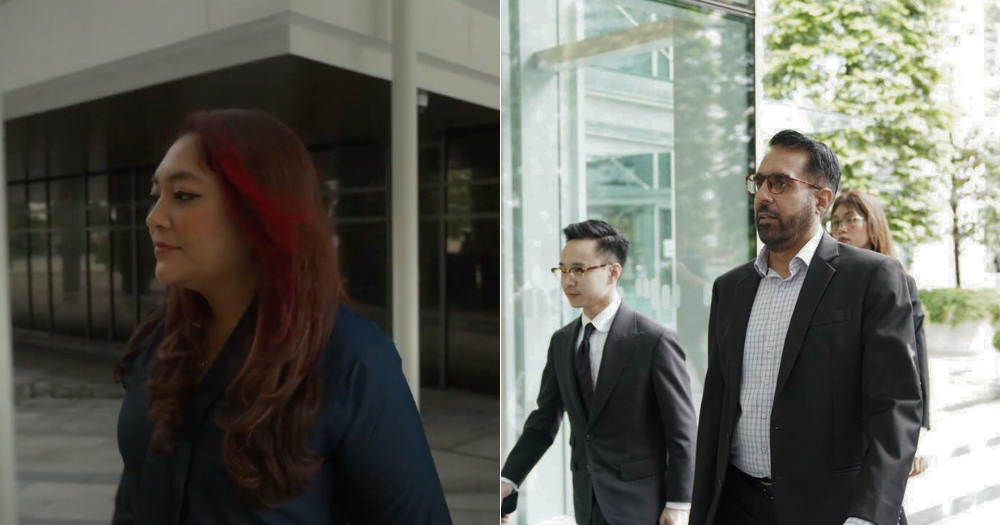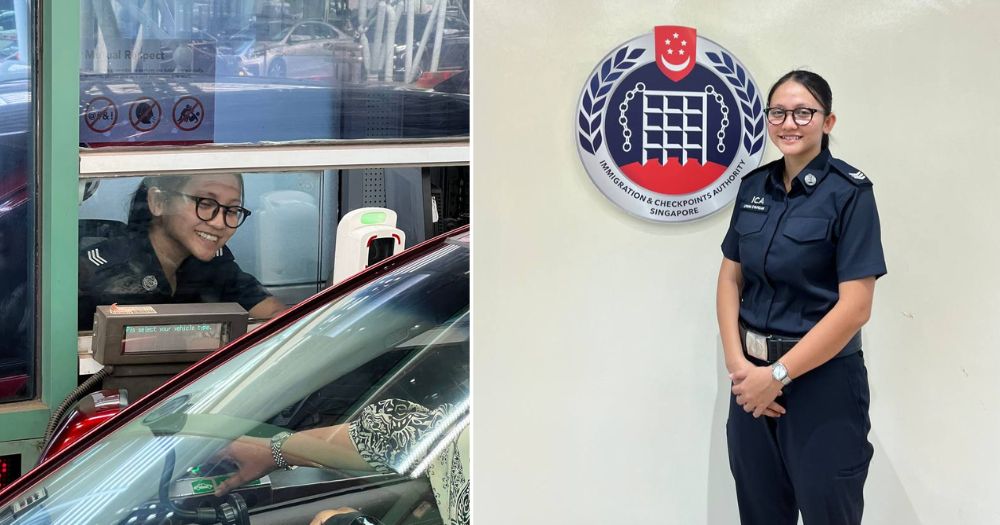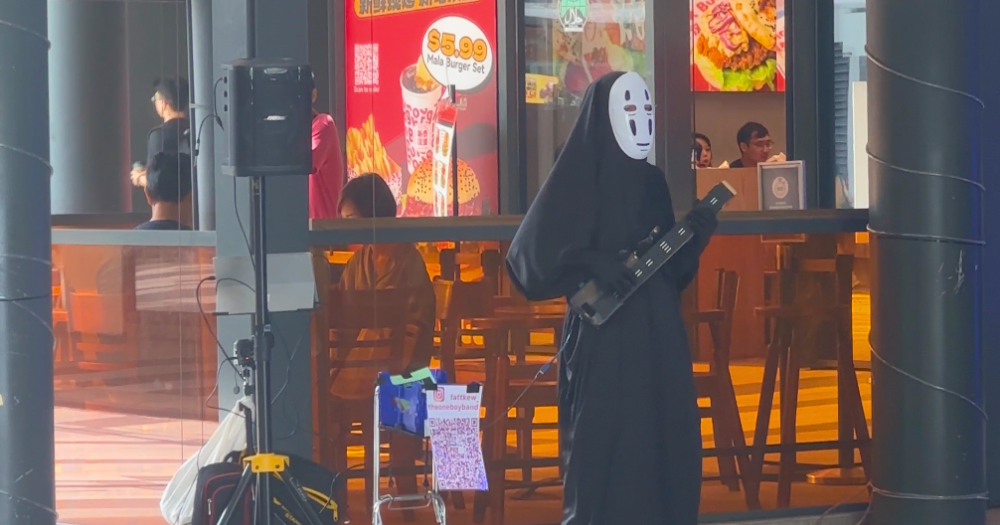West of S'pore not some ‘ulu’ hinterland, needs better public transport like East: Leong Mun Wai
Senior Minister of State for Transport Amy Khor replied that the comparison is not "fair" due to geographical differences, etc., and there are plans they are studying such as a "West Coast Extension".
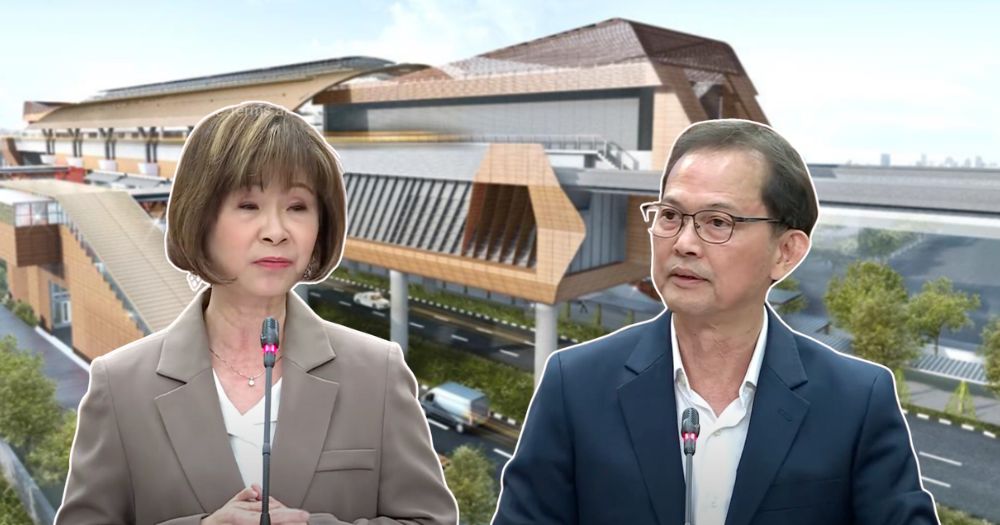
Non-Constituency Member of Parliament (NCMP) Leong Mun Wai asked for improvements to rail connectivity and bus services for residents in the West during the parliamentary sitting on Oct. 15.
This comes after the train disruption on the East-West Line from Sep. 25 to 30.
Leong said the "massive breakdown" reminded Singaporeans living in the West of Singapore of how reliant they are on the East-West Line and questioned if the Land Transport Authority (LTA)'s Land Transport Master Plan 2040 to make Singapore a "45-minute city" in 2019 is sufficient.
In response, Senior Minister of State for Transport Amy Khor said that the master plan is progressing and that ongoing efforts are being made to improve accessibility and connectivity for residents in the West.
East is better connected than West: Leong Mun Wai
"When it comes to rail connectivity, the East side of Singapore is far better than the West side," Leong said in his speech.
He compared the journeys to the Downtown Core with those of residents living in the West and East.
He said that for residents of Choa Chu Kang, Bukit Batok, Pioneer, or Jurong West, a 45-minute commute by public transport to their workplace somewhere like Raffles City is "still far from reality".
In comparison, he said those from the East in new towns such as Marine Parade and Bedok and even parts of Tampines are accessible from the Downtown Core within 45 minutes.
However, he pointed out that "the West of Singapore" is not "some ulu hinterland".
It is home to very dense population centres such as Jurong West, upcoming new towns such as Tengah, and major employment hubs in Jurong East and Tuas, Leong noted.
"While a 45-minute commute may never be feasible for them because of sheer distance, we can do more to reduce their commuting times as much as possible," he said.
Connect Jurong Region Line to Circle Line and Cross Island Line
Leong's first suggestion is to connect the Jurong Region Line (JRL) to the Circle Line and Cross Island Line (CRL).
"There have been two unconfirmed proposals regarding this," he noted.
In 2015, a proposal to extend the JRL from Pandan Reservoir to Haw Par Villa on the Circle Line was first announced by then-transport minister Lui Tuck Yew, Leong said.
This will allow residents in Tengah, Bukit Batok West, Ayer Rajah, and West Coast to travel to the Downtown Core by MRT with just one transfer at Haw Par Villa, he added.
Later, in 2022, then-transport minister S Iswaran updated that feasibility studies are still ongoing, even though this potential extension appears to have been dropped out of the Master Plan 2040.
Another proposal to build an interchange infrastructure to connect Jurong Town Hall station on the JRL with Jurong Lake District station on the CRL was brought up previously as well, Leong said.
"These two proposals to extend the Jurong Region Line will greatly increase rail connectivity from the West to the Downtown Core and the rest of Singapore," he said
He asked the government for an update on these proposals.
Inter-town skip-stop bus services
The second approach Leong suggested is introducing a network of inter-town skip-stop bus services.
Leong said these skip-stop services would be different from existing express bus services, which stop at only a few high-demand stops in each town throughout the entire route to allow commuters to connect between towns more quickly.
He first suggested long-distance skip-stop bus services that connect different towns in Singapore.
While bus services currently provide inter-town connections, he said these services are "too slow".
"What we need is a network of skip-stop buses to complement the MRT in moving people between towns quickly," he said.
He also suggested using skip-stop services to "connect more far-flung areas to key transport nodes and community hubs faster."
He noted that these may be similar to the “express feeder” bus services that LTA will introduce under the Bus Connectivity Enhancement Plan.
East better than West not fair comparison: Amy Khor
Khor responded to Leong, speaking about the progress made on the Master Plan 2040 and the ongoing efforts to improve accessibility, connectivity and resilience for residents in the West.
She noted that Leong's suggestions support the government's plans for transport connectivity in the West.
However, she said Leong's claim that the East is better than the West is not a fair comparison, as there are differences in geographical characteristics, stage of development and travel patterns.
Khor said we are on track to having eight in 10 households in the West within a 10-minute walk of a train station by the 2030s with planned expansions to the rail network.
Bus services
Bus services that provide first- and last-mile connectivity to key transport nodes, and alternative options for commuters complement the rail network, Khor said.
"More than one-third of our bus routes ply in the West, including express bus services that connect residents in the West directly to jobs centres in the Central area," she said.
She added that LTA monitors the demand and capacity of bus routes closely as it does for bus services across Singapore.
LTA has also worked with operators to improve frequencies and to inject more double-deck buses where additional capacity is needed, such as in growing towns with more BTO flats.
"As with all new estates, LTA will continue to monitor travel demand and make necessary enhancements to improve transport connectivity in tandem with the development of the town and progressive completion of its road infrastructure," she said.
Two new MRT Lines
Khor said that a "key enabler" of the plans to enhance transport connectivity are two new MRT lines – the JRL and CRL.
Calling it a "game changer" for the West, Khor said the JRL, with its 24 new stations, will serve areas such as Tengah New Town and Jurong Lake District and connect residents across the entire Western region to growing employment centres in Jurong.
It will also shorten travel times for commuters in the West, she noted.
For example, residents in Tengah Plantation Grove can reach Tanjong Pagar in 40 minutes via a rail connection to Jurong East interchange, compared to 55 minutes today.
By the early 2030s, the CRL will further enhance the West’s connection to the East and North-East regions, she added.
It will serve areas such as West Coast and parts of Clementi that do not currently have direct links to the rail network, and connect residents to growing employment centres in Punggol and Changi, she said.
Additionally, with the CRL, journeys to Pasir Ris will be reduced to 45 minutes and 30 minutes to Ang Mo Kio, she noted.
New bus interchanges
In addition to the new MRT lines, Khor shared plans for new interchange stations.
She said the new Sungei Kadut interchange station along the North-South Line will be completed in the mid-2030s and will provide commuters in the Northwest with a more direct transfer to the Downtown Line.
The new Brickland station between Chua Chu Kang and Bukit Gombak stations will also offer residents living in Keat Hong, Bukit Batok West and Tengah faster and more convenient access to the rail network, she added.
West Coast Extension
LTA is also studying a "West Coast Extension", which involves extending the JRL to connect to the Circle Line, to further improve rail connectivity and resilience for the West, Khor noted.
"We recognise that as the planned expansion of our rail network will take some time to complete, improving bus connectivity will help meet travel demand in the immediate term," she said.
As such, they have taken further steps through the recently announced Bus Connectivity Enhancement Programme, she said.
Some measures include introducing more peak-hour express bus services to connect commuters to the city faster, as well as new “express feeder” services which will bypass stops to take a more direct route to connect residents in farther away estates to existing transport nodes and town centres.
"We will also speed up the pace of introducing new trunk and feeder bus services and improving bus frequencies to improve connectivity for the early batches of residents who move into new estates like Tengah," she said.
"While we have made substantial progress, we are not done building a more connected Singapore. But our plans to improve transport infrastructure will take time.
So I seek the patience and support of Singaporeans and our residents in the West, as we press on with enhancements to our public transport network in the coming years."
Top image via LTA & MDDI
MORE STORIES








